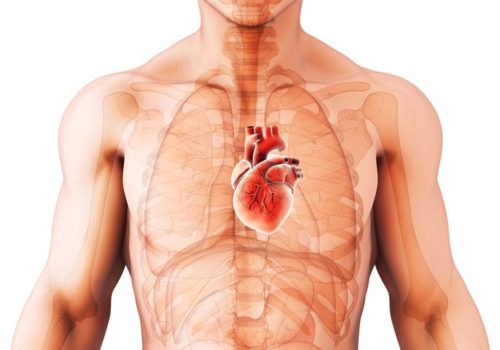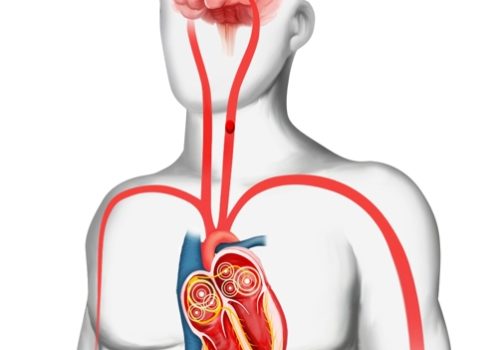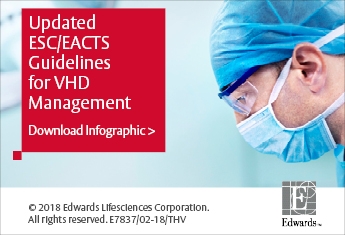A local GP practice in Milton Keynes has designed a valuable tool to triage patients presenting with chest pain and to help them avoid unnecessary emergency hospital admissions. The locality has no dedicated unit, so patients require either emergency hospital admission, a referral to Rapid Access Chest Pain Clinic (RACP), cardiology outpatient clinic (OPD), or management in primary care.
Examining the migraine-CVD link
There appears to be an association between migraine and cardiovascular disease and especially ischaemic stroke. How real is the absolute risk, what may be the cause, and what, if anything should we tell our patients?
Editorial: Cardiovascular disease prevention – saving hearts and minds together
Given that cardiovascular disease (CVD) is responsible for a quarter of all deaths in the UK and is the largest cause of premature mortality in deprived areas, the NHS Long Term Plan recognises that CVD is the single biggest area where the NHS can save lives over the next 10 years.
Editorial: Continuing focus on CVD prevention
In the 70 years since the NHS was founded there have indeed been remarkable successes in reducing mortality from common conditions, an important example being deaths due to heart and circulatory disease. Yet the statistics show that there is more to be done to prevent the toll of premature death and years of disability associated with CVD. For this reason, we welcome the continuing focus on CVD prevention as set out in this publication, produced with the support of PHE and NHS England.
NICE Chronic Heart Failure guideline update 2018
The updated Chronic Heart Failure guideline from the National Institute for Health and Care Excellence was published in September. This article covers the key recommendations relevant to primary care.
The psychosocial impact of alopecia on women
Alopecia is a non-scarring chronic inflammatory autoimmune disorder that is characterised by patchy or abnormal hair loss. Six women participated in semi-structured interviews on their experiences of living with alopecia and these interviews were analysed using Interpretative Phenomenological Analysis (IPA). Insight into these psychosocial experiences can inform interventions targeted to women with alopecia.
Monitoring patients with AF on DOACs
Many patients with atrial fibrillation are treated with direct oral anticoagulants (DOACs) to reduce the risk of stroke. To maintain patient safety, clinicians must be educated on how to manage DOACs, from safe prescribing to managing complications. A recent audit shows the potential for inadequate monitoring when compared to local clinical protocols.
The NHS Health Check: A world leading non-communicable disease prevention programme
This article reviews the important and growing role of the NHS Health Check in tackling some of the challenges in prevention and treatment of CVD and other non-communicable diseases.
The role of primary care in patients with familial hypercholesterolaemia
This article provides a pragmatic approach for primary care following NICE’s update to their guidance on identification and management of familial hypercholesterolaemia (CG 71) published in November 2017.
The 2017 ESC/EACTS Guidelines For VHD management
ESC/EACTS guidelines for Valvular Heart Disease (VHD) management were updated in 2017 and has since impacted individual patient suitability for Aortic Stenosis treatment. A visual summary of the latest VHD management guidelines is now available. Download yours now!
CVD prevention opportunities here and now
Cardiovascular disease is a much more preventable issue than many healthcare professionals realise. Medical advances, together with reduced premature mortality from CVD and increased life expectancy, means that on top of the demands of an ageing population we are also living ‘less-well’ for longer, and creating a different kind of pressure on services.
‘Working’ towards better health
The concept of primary prevention of cardiovascular disease is certainly not new, and although much work has been done, there appears to be a drive to think differently about the way in which such initiatives are delivered. The workplace offers a convenient alternative environment to the conventional health care setting where employees can receive health and well-being services, including health checks and educational sessions.
































